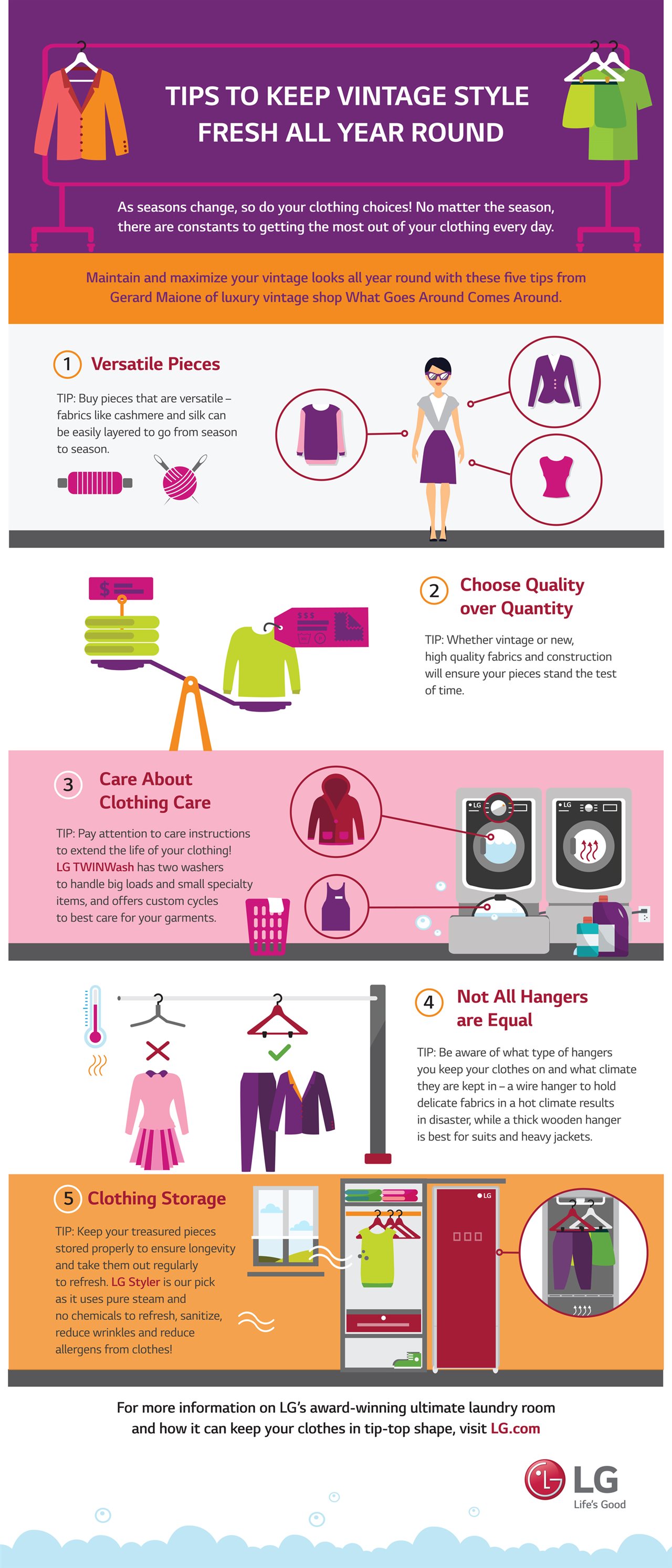2018-06-28T14:30:00
(BPT) – Summer is nearly upon us. The warm weather leads to flowers blooming, luscious green grass, and verdant trees. Unfortunately, for those with seasonal allergies, the picture is not as lovely, with visions of a spike in pollen, stuffy noses, congestion, facial pain and tenderness, decreased smell and taste, and sinus infections.
For most people suffering from seasonal allergies, relief is found with over-the-counter and prescription medications, allowing them to enjoy the sunshine and smell the flowers. However, if the condition lingers or becomes more severe, you could be the 1 in 7 people in the United States battling chronic sinus infections.1
More than 30 million Americans experience the pain and discomfort of chronic sinus infections, also known as chronic rhinosinusitis (CRS).1 Unlike acute sinus infections, CRS is unresolved, with severe inflammation of the sinuses lasting for more than 12 weeks.1 Several factors are associated with the potential development of CRS, including infection, growths in the sinuses known as nasal polyps, deviated nasal septum, abnormal anatomy of the sinuses, allergies, asthma, chronic obstructive pulmonary disease (COPD), or regular exposure to pollutants such as cigarette smoke.2,4
Signs and symptoms of CRS include at least two of the following:1
- Difficulty breathing through the nose due to nasal obstruction or congestion
- Reduced sense of smell and taste
- Thick, discolored discharge from the nose or drainage down the back of the throat
- Pain, tenderness and swelling around the eyes, nose, or face
The pain from CRS can be agonizing. It can affect nasal function, impair health and diminish quality of life — most individuals with CRS report a lower quality of life than individuals with chronic back pain or even congestive heart failure.3 In addition to the unrelenting pain, CRS also has a financial impact — directly costing society more than $4.3 billion annually.3
If you are unable to find relief from the pain and congestion of CRS with over-the-counter or prescribed drug therapies, you should see your Ear, Nose and Throat (ENT) specialist or primary care physician to have further evaluation.
When drug therapies fail to provide relief from CRS, doctors typically recommend that their patients consider functional endoscopic sinus surgery (FESS) to remove the source of the blockage and infection.4 More than 500,000 sinus surgeries are performed every year in the United States.3
As with most surgeries, there are risks to consider such as damage to the areas surrounding the sinuses or failure of the procedure. Approximately 1 in 5 sinus surgeries fail to provide desirable outcomes and require subsequent procedures to provide CRS patients with relief.4
However, there are ways to minimize the risks and improve the chances of a successful surgery.5 If sinus surgery is recommended by your doctor, consider image-guided, or navigated surgery, with the StealthStation™ ENT, which may enable a more thorough sinus procedure.
Recently granted 510(k) clearance by the U.S. Food and Drug Administration (FDA), the StealthStation™ ENT allows surgeons to “visualize” your sinuses in three-dimensional (3D) images so they can maneuver to where they will be operating and avoid critical anatomical structures, such as the brain, optic nerve and vital arteries. The surgical navigation system can provide surgeons with images of your anatomy during the procedure, allowing surgeons to see behind delicate or hard-to-reach areas unique to only you. StealthStation™ ENT and other image-guidance systems are associated with better patient outcomes and reduce the risk of complications.5
If you believe you may be battling chronic sinusitis, download and print this infographic questionnaire, which you can share with your primary healthcare provider or ENT specialist during your next appointment.
[i] Rosenfeld RM, Andes D, Bhattacharyva N, et al. Clinical practice guidelines: Adult sinusitis. Otolaryngol Head Neck Surg. 2007;137:S1-S31.
[ii] Bachert C, Pawankar R, Zhang L, et al. ICON: chronic rhinosinusitis. World Allergy Organ J. 2014; 7:25.
[iii] Smith TL, litvack HR, Hwang PH, et al. Determinants of outcomes of sinus surgery: a multi-institutional prospective cohort study. Otolaryngology-HNS. 2010;142:55-63.
[iv] Khalid AN, Quraishi SA, Kenney DW. Long-term quality of life measures after functional endoscopic sinus surgery. AM J Rhin.2004;18:131-136.
[v] Dalgorf DM, et al. Image-guided surgery influences perioperative morbidity from endoscopic sinus surgery: a systematic review and meta-analysis. Otolaryngol Head Neck Surg. 2013 Jul;149(1):17-29.










